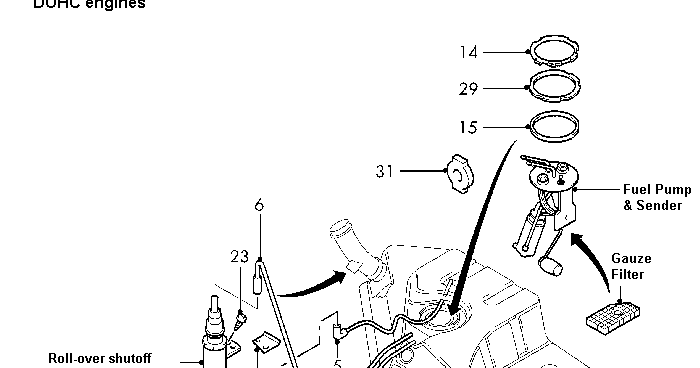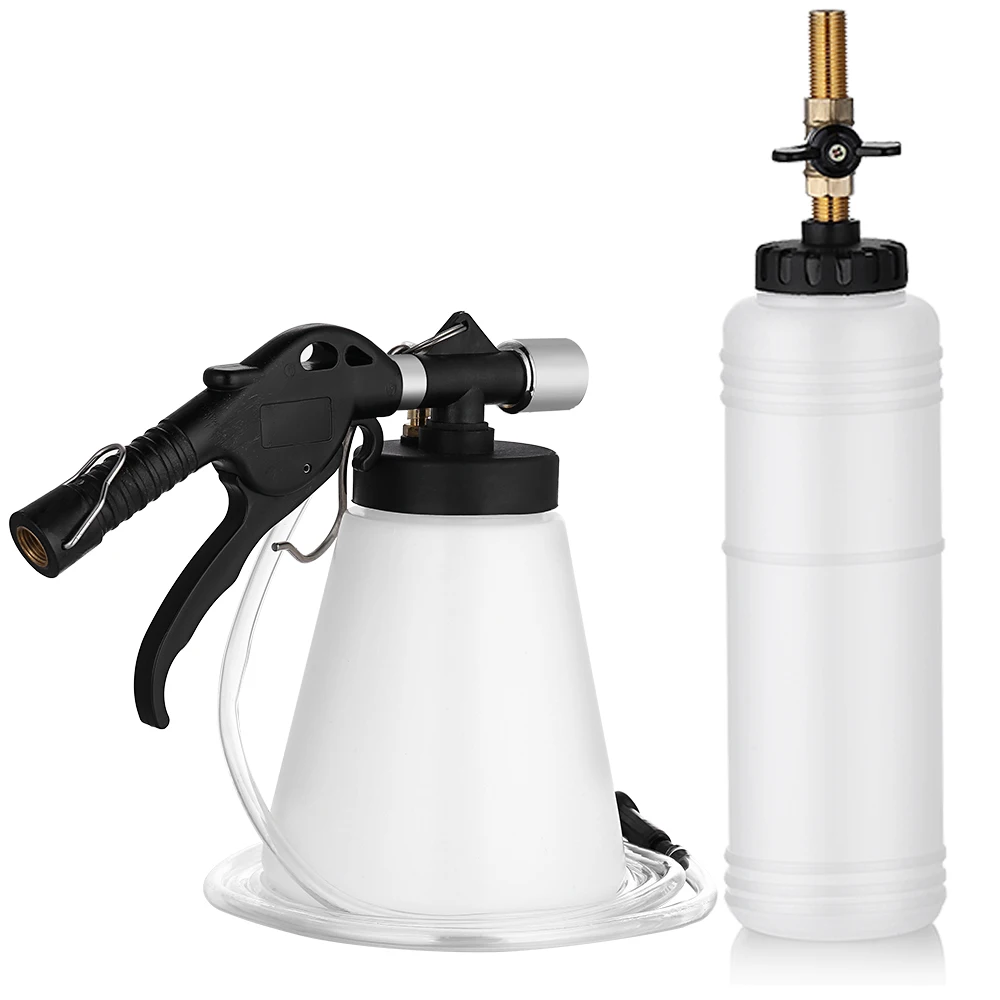

Aluminum components and seals are particularly vulnerable. When combined with refrigerant and lubrication, moisture will turn acidic (hydrochloric acid) and start to eat up the AC system components from the inside out. Moisture removal is arguably the most important purpose of evacuation as moisture is the leading cause of AC system failure. That’s easier to do if all the air has been vacuumed out of the system before you pierce the can.) (You need to get at least 50psi of refrigerant into the system before you turn the car on. Another benefit of air removal when can charging is that it eases the initial charge of refrigerant into the system. When he charged an air-filled system, he created pressures that were way too high. When he released the vacuum, air filled the system.
#Evac system car professional
Go to a licensed professional who an electronic leak detector.īecause there is only so much volume available within an AC system, it’s essential that air is removed from the system to allow for the refrigerant and oil. You should always run an electronic leak detector over the AC system after you charge it.Īgain, if you are asking this question, our response is the same–you shouldn’t be charging the system. Our advice is to start by the O-rings as it is not unusual for one to have been crushed or split by over-tightening during installation.)īecause despite what our customer thought, minimal initial vacuum loss is not a guarantee that your AC system is leak free. For hard to reach items, like the evaporator, check the condensation drain. Since refrigerant is heavier than air, spend additional time on the under-side of components. Focus on hose connections, crimp sleeves, service ports, compressor shaft seals and assembly points. If there is vacuum loss of 2” or greater, there is probably a leak.Īdd your initial charge or fully charge the system and use your electronic leak detector to find the source. The low or low pressure side is from the expansion valve through the evaporator and back to the compressor.Īfter 30-45 minutes of evacuation, close the service valves and turn off the pump. The high or high pressure side is from the compressor to the expansion valve. But because you’re wondering, AC systems operate off pressure change. If you are asking this question, you shouldn’t be charging the system. If everything is in order when you evacuate an AC system, the low side should reach a minimum of 28-30” Hg within a short period. That said, we’ve run into many experienced car guys who don’t really understand evacuation and decided a quick summary would be helpful to even licensed AC professionals.ĪC system evacuation serves three purposes:Įvacuation Purpose #1: Initial Leak Check

Please, if you are not a licensed AC professional, do not evacuate/charge on your own.
#Evac system car license
His thinking: “I checked for leaks, now I’m moving on to the next step.” He was not only evacuating and charging without a license but without any understanding of what he was doing. The M88A2 HERCULES is built and equipped to be the world's recovery champion.One of our favorite “Go-to-a-licensed-professional-for-AC-system-charging” stories involves a guy we spent more time than we care to admit troubleshooting before it became apparent that he was releasing the vacuum before charging. HERCULES features overlay armor protection, ballistic skirts, a longer 35-ton boom, a 140,000-pound (63,504 kg) constant pull main winch with 280 feet of cable, and an auxiliary three-ton winch to aid main winch cable deployment. Key upgrades include improved power-assisted braking, improved steering, improved electrical system and increased engine horsepower. HERCULES offers operational and logistics commonality with the existing M88A1 fleet, simplifying training and parts availability. Stability and performance are unmatched by any alternate tank-based design. HERCULES utilizes a hull designed for the recovery mission and thoroughly proven by U.S. troops found a few other creative uses for its capabilities when they used it to pull down the Saddam Hussein statue in Baghdad on April 9, 2003. The HERCULES was the primary 70-ton recovery system during Operation Iraqi Freedom. With the lowest acquisition, operational and maintenance cost of any 70-ton capable recovery system, HERCULES answers the need for cost-effective, self-supporting heavy recovery performance.


 0 kommentar(er)
0 kommentar(er)
